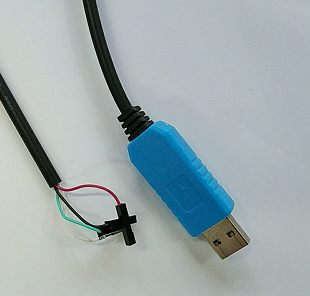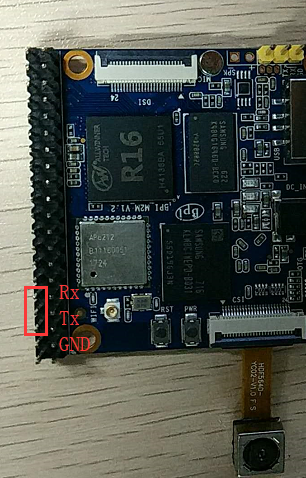Difference between revisions of "Getting Started with M2M"
JackZengWiki (talk | contribs) m (JackZengWiki moved page Getting Start with M2M to Getting Started with M2M) |
JackZengWiki (talk | contribs) (→Introduction) |
||
| Line 11: | Line 11: | ||
* 512MB DDR3 SDRAM | * 512MB DDR3 SDRAM | ||
* WiFi (AP6212) & Bluetooth onboard | * WiFi (AP6212) & Bluetooth onboard | ||
| + | =Development= | ||
| + | ==Basic Development== | ||
| + | ===Prepare to develop=== | ||
| + | * Prepare 8G/above TF card, USB-Serial interface, PC with Ubuntu System | ||
| + | * Using your USB-Serial Connect debug console on M2 Zero | ||
| + | |||
| + | [[Image:Debug_console_wire.png]] | ||
| + | |||
| + | [[Image:M2M__debug_console.png]] | ||
Revision as of 03:58, 30 May 2018
Contents
[hide]Introduction
BPI-M2M
File:M2M respbian.png
Overview: BPI-M2M respbian linux
Banana Pi M2M is another ARM SoC powered development board that offers great computing performance in an ultra portable form factor. It is a 51mm square with Allwinner A33 Quad-core A7 SoC and 512MB DDR3 RAM.
- Read more about : Banana Pi BPI-M2M
Key Features
- Quad Core ARM Cortex A7 CPU. R16
- 512MB DDR3 SDRAM
- WiFi (AP6212) & Bluetooth onboard
Development
Basic Development
Prepare to develop
* Prepare 8G/above TF card, USB-Serial interface, PC with Ubuntu System * Using your USB-Serial Connect debug console on M2 Zero
